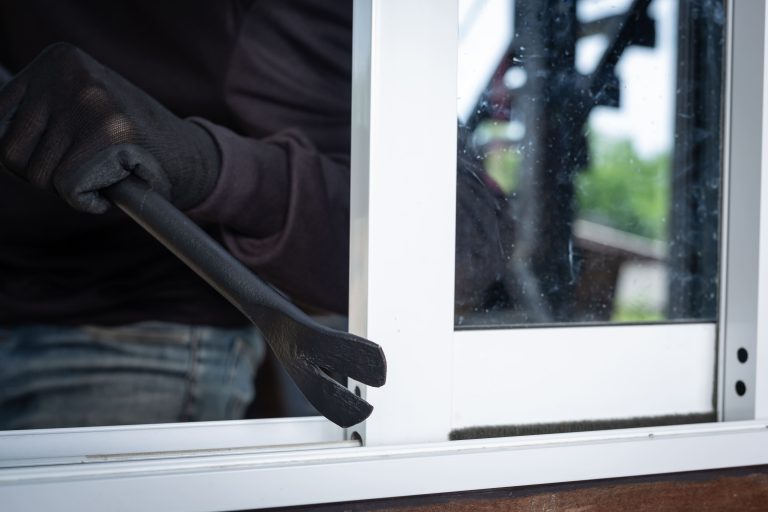Although 42% of respondents have witnessed a crime, Brno continues to be perceived as a safe city. Drugs, alcohol and traffic incidents are the threats of most concern to the inhabitants of the city. Photo credit: Freepik
Brno, 6 Aug. (BD) – Researchers from the Faculty of Social Studies at Masaryk University have conducted a survey on the perception of crime and safety in Brno, commissioned by the City of Brno’s Department for Social Welfare. As in previous years, the research focused on perceptions of street crime, dangerous places, and evaluation of the police, the city and video surveillance systems. The survey was carried out in the period between the withdrawal of the Covid-19 pandemic measures and early 2022.
Research participants reported fairly frequent experience of crime, both as witnesses and victims. Overall, two-fifths of respondents (42%) report having witnessed a crime or attempted crime. Furthermore, one third of the respondents stated that they had been a victim of a crime in the last two years. For both of these phenomena, incidence decreased significantly with age. Compared to previous studies, there was a significant increase in the percentage of both witnesses and victims. In 2018, a third of respondents (32%) said they had witnessed a crime, while a fifth (21%) said they had been a victim. However, according to the long-term trends of the indicators, the current results are consistent with the data from 1996-2012.
Have you ever witnessed a crime?
42% of respondents assessed the security situation in Brno compared to other cities as neutral, i.e. comparable to other cities in the Czech Republic. One third of the respondents consider Brno to be safer than other cities, while 14% perceive it to be worse. Asked about changes in crime over time, more than a third of respondents (36%) believe that the situation in Brno has remained unchanged. The percentage of those who see a deterioration (23%) slightly exceeds that of those who perceive an improvement (19%).
In general, respondents were most concerned about vandalism, traffic accidents and the threat to children from addictive substances (e.g. alcohol and other drugs). For example, vandalism on private property was a major concern for 22% of respondents, and above average for a further 35%. Car theft, pickpocketing, sexual assault, house robbery and mugging were among the types of crime that were of less concern among respondents.
How do you rate the safety of the city compared to five years ago?

A very specific dimension that the research touched only indirectly is the influence of transport on the perception of risk in public space. This was outside the research project design, as it is significant enough to be the subject of a separate investigation. Nevertheless, the research showed that approximately 60% of respondents reported major or above average concern about traffic accidents. Moreover, in open-ended questions, a large proportion of respondents mentioned traffic as the main source of feelings of danger, risk and discomfort when in the city.
For the open-ended question about what safety issues respondents would address as a priority if they were mayor, the issue of addictive substances was the most prominent. Respondents cited drug distribution and addiction as the main problem (with solutions including removal of addicts from public spaces, or helping addicts through prevention). Most respondents felt threatened by people under the influence of addictive substances.
Transport was the second most frequently mentioned issue, particularly in the context of the safety of pedestrians and cyclists. Respondents answered that they feel threatened by reckless and aggressive drivers and by the lack of sufficient pedestrian crossings and safe cycle lanes. Interviewees often cited the excessive number of cars in the city and parking in places not designated for this purpose as a problem, or, conversely, the lack of parking spaces in suburbs and housing estates.
Homelessness was the next most mentioned complaint, often associated with the main railway station and the surrounding area. Respondents suggested housing options for the homeless, prevention, and some suggested moving the homeless to another location away from the city centre.
In terms of the specific places where people feel unsafe, respondents repeatedly mentioned Cejl, Bratislavská, and Francouzská, the so-called Brno Bronx, as a risky area. Areas frequented by homeless people, particularly the train station, were also mentioned as problematic. The negative assessment of the train station is all the more serious as it is not only a transport hub, but also a gateway and the first impression of the city
Data collection was carried out through a combination of online questionnaires and face-to-face interviews, conducted by sociology students at the MUNI Faculty of Sociology. Imbalances in the online data collection sample were addressed through face-to-face interviews, with a focus on respondents from older, less educated and male demographic groups. The final analysis thus included a total of 760 respondents over the age of 18 and residing in the territory of the city of Brno (of whom 589 were interviewed online and 171 in person).
More information on issues related to perceptions of safety and security can be found at data.brno.cz. For a more detailed view of crime in Brno, see the website kriminalita.policie.cz, which has a spatial projection of crime within the city of Brno.






